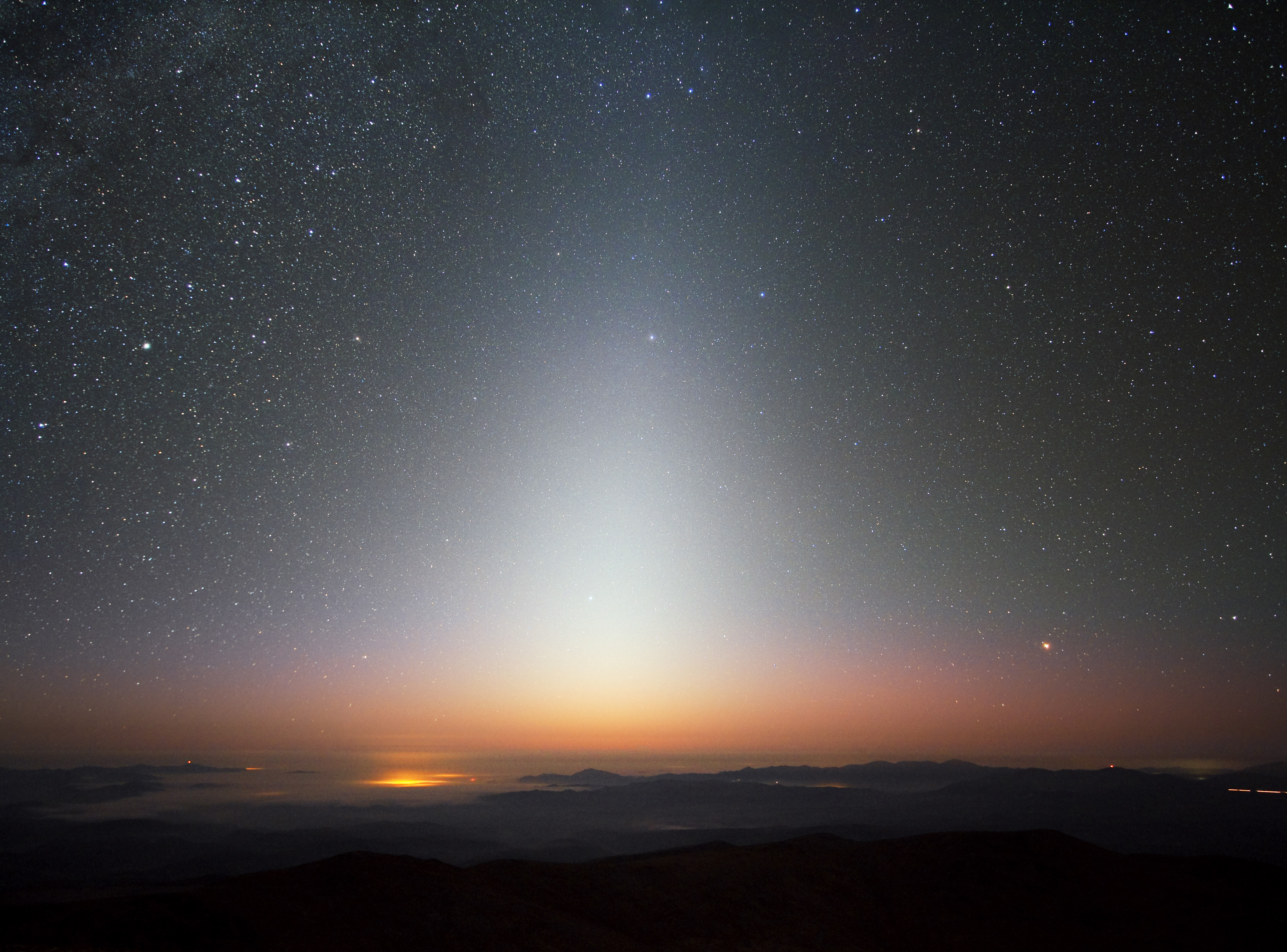
This week in What’s Up is a grab bag of events you can look forward to for the month of September. Next week we’ll have a review of Lightyear on Disney+, so there’s that for you to look forward to. But for now, our solar system and what you can see in it. This week is all about the Moon, ice giants, and Dr. Brian May?
First up, Neptune — specifically that it will be at opposition on September 16. Opposition is when the Earth is directly between Neptune and the Sun, so it will be its brightest and spend the most time above the horizon. Now Neptune is small and relatively dark so it will be difficult to resolve unless you have a larger telescope, say five inches or more.
The next event you should be observing is a close conjunction between Jupiter and the Moon. On September 11, Jupiter will pass within two degrees of the Moon — 1.8 to be precise. As we always say, these close conjunctions are excellent times to see these two bodies right next to each other, either for high-power observation of both at the same time or for interesting wide-field astrophotography compositions. I’ll have reviews of some interesting ultra-wide angle lenses for my Canon camera later this season, so stay tuned for those.
The next event in September is another close conjunction between a planet and the Moon on September 14. The Moon will get remarkably close to Uranus — close enough that if you were anywhere else but the Americas, it would completely cover the planet. This is properly called an occultation. That angular separation, from the U.S., is eight-tenths of a degree. Uranus is the other ice giant in our solar system.
An ice giant is a gas planet like Jupiter or Saturn but made mostly from elements heavier than hydrogen and helium. Those elements got to the planet in the form of ice, hence the name. Neptune and Uranus have hydrogen and helium, but only about 20% of their total mass is these two elements. They are mostly composed of methane, ammonia, and water with trace amounts of oxygen, carbon, nitrogen, and sulfur.

The two planets have otherwise similar atmospheres but are different colors. Neptune is a darker blue than Uranus. Why is this? According to NASA’s Jet Propulsion Laboratory, Uranus has a slightly thicker layer of haze in its upper atmosphere, which makes it whiter. If this layer did not exist, both planets would be a similar color blue. Now you know what an ice giant is and why Uranus is a different color than Neptune. On to the rest of September!
Wrapping up the general events for the month of September is the return of the zodiacal light from September 23 on for about two weeks. It will be visible as a faint glow in the mornings to the east. It’s often confused for the beginnings of sunrise but isn’t since it comes from opposite the sun, looking out into the solar system. For best visibility, find a spot with easy visibility to the horizon.
This light is formed by a cloud of dust orbiting the Sun outside the orbit of Mars. The dust is mainly sourced from asteroids impacting each other in the asteroid belt and the trails of comets.
The reason the zodiacal light’s visibility peaks in the spring is due to its orbit. The zodiac is the name for the twelve major constellations that are aligned in the apparent path of the Sun over the Earth’s orbit. This is also called the ecliptic. The angle of the ecliptic changes throughout the year, and the zodiac is best visible when the ecliptic is high in the sky. This is also when the planets are best visible since they follow the same apparent line in the sky.
I mentioned Dr. Brian May at the beginning of this segment. What does the guitarist from Queen have to do with space? Lots as it turns out. The band members first met while May was in college getting a Ph.D. in physics. The thesis he was working on concerned the zodiacal light. He left that program to be in Queen. He picked the Ph.D. back up in 2006 and was awarded his degree in 2008. His work was a genuine contribution to science since not much had been studied about the zodiacal light in the 36 years after he started the thesis.

As always, go outside and look up.
And if you either cannot go outside for some reason, you can take a look around our solar system using NASA’s new-and-improved “Eyes on the Solar System” visualization tool. The latest update allows you to follow along with 126 past and present space missions, including the addition of Voyager’s Grand Tour. You can observe the paths of celestial objects between 1949 and 2049. They’ve also added Artemis 1’s trajectory… and all you need is a web browser and an internet connection. No single-use rockets required.
More Information
This Week’s Sky at a Glance, September 2 – 10 (Sky & Telescope)
Why Uranus and Neptune Are Different Colors (NASA)
NASA JPL press release



